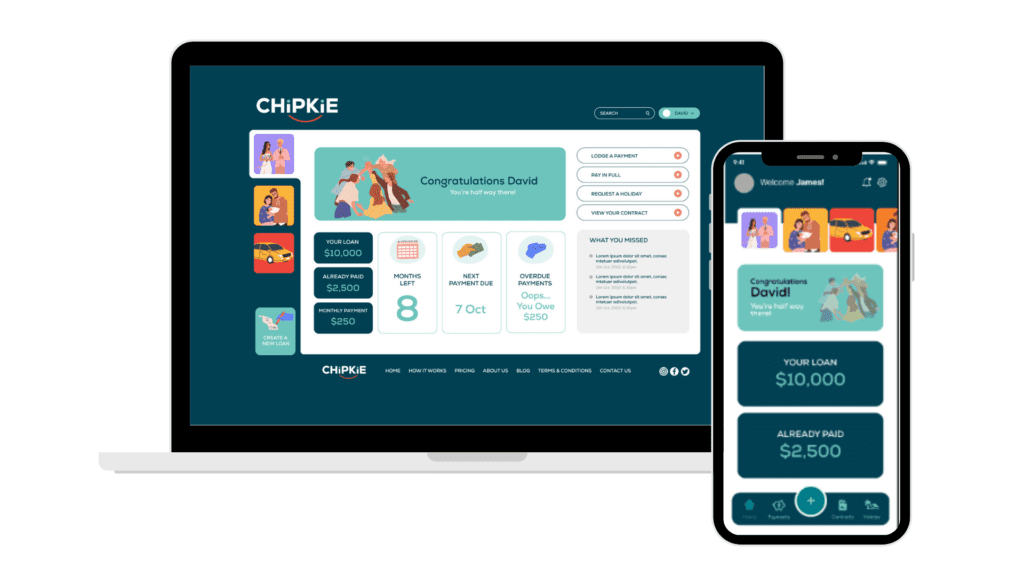Financial literacy is an essential skill that every child should have a good handle on once they reach their early teen years. Teaching kids about finance sets them on a path to making informed financial decisions and achieving financial independence in adulthood. Unfortunately, conventional schooling systems don’t always provide the education for this valuable life skill, so education falls predominantly on the parents and their extended family and community to educate and instil these values. But it doesn’t need to be hard with the right approach and tools. Parents and educators can confidently empower children to navigate the complex financial landscape. In this article, we’ll review some strategies and tips for teaching kids about financial literacy, ensuring they have a strong foundation in money management.
Teaching Kids About Financial Literacy Should Start Early
Starting early is one of the keys to successfully teaching kids financial literacy. Children can begin learning about money when they can count and understand basic value concepts. You can introduce the concept of money through activities like playing store, sorting coins, or using a piggy bank. These activities help children understand the tangible aspect of money and its value.
Begin with the fundamental concepts of finance. Explain what money is, its various forms (cash, coins, checks, cards), and how it is earned (through work, allowances, gifts, etc.). Teach them about saving, spending, and sharing. Use age-appropriate language and examples to make these concepts relatable.
Create a Chores Program That Rewards Your Child
You can also start early by agreeing on a set of chores that can be rewarded with pocket money, with this program moving well into their teen years. This starts to set a positive relationship between work and money and also has the added benefit of helping them start contributing to the household and learning the fundamentals of being part of a team.
Once a regular program has begun, your child can watch their money grow. Establishing ground rules is essential. Explain that money can be used for items they want but don’t necessarily need. If your child wants a toy in the store, explaining that they can use their pocket money to purchase it will help them understand the value of money and what it can offer.
Build Financial Literacy by Setting a Good Example
Children often learn by observing their parents. If they see responsible financial habits at home, they are more likely to adopt them. Discuss your financial decisions and explain why you make them. These decisions could include budgeting for household expenses, saving for future goals, and making informed purchasing choices.

One of the most effective ways to teach kids about finance is to use real-life scenarios. For instance, involve them in grocery shopping and explain how you compare prices and make choices based on your budget. When they receive an allowance or money as a gift, you can encourage them to save a portion, spend some, and donate a part.
Allow Them to Make Financial Decisions
As children grow older, grant them increasing responsibility for their finances. Let them decide how to spend their allowance, save for a specific goal, or even invest a small amount in a savings account. Experiencing the consequences of their positive and negative choices will help them understand the value of money.
An essential aspect of financial education that will set kids up for future success is ensuring they can distinguish between needs (essential items for survival and well-being) and wants (non-essential items that provide comfort or enjoyment). This distinction will guide them in making prudent spending choices. Encourage them to prioritise needs over wants and to save for wants when possible.
Use Technology and Apps to Aid Financial Literacy
Numerous apps and online resources are available to teach kids about finance. These tools often provide interactive and engaging lessons that make learning fun. Some apps even allow children to set savings goals, track expenses, and simulate real-life financial scenarios.

Chipkie is structured to be an excellent tool for kids to learn about borrowing money and repaying loans in a safe space. Parents can loan money to children, create a loan contract and repayment plan, and watch the repayments come back into their accounts. No banks are involved, so late repayments will not hurt their future credit rating, but it will teach them the importance of repaying loans, seeking payment holidays, and renegotiating terms.
Spriggy is another popular way to teach kids about money responsibility. Set up as a child’s first bank card, Spriggy allows kids to build their wealth over time, earning real money through chores and gifts. The user-friendly app has all the functionality of a regular banking app, with the added benefit of adding cash on the card based on chores achieved. Parental controls also make it easy to manage how money is earned and used, providing full transparency on where money is being spent.
Foster a Growth Mindset
Instil a growth mindset in your children regarding money and financial education. Encourage them to ask questions, seek knowledge, and learn from their financial experiences, whether positive or negative. You can also explain that sometimes with money we make mistakes, but its all part of learning.
Savings is a crucial aspect of financial literacy. Teach kids the habit of setting aside a portion of their money for the future. You can introduce them to the concept of interest and how it can grow their savings over time. Consider opening a high-interest savings account in their name and encourage them to watch their money grow.
Teaching kids about finance is vital to preparing them for the challenges and opportunities they will face in adulthood. By starting early, providing a structured education plan, and using real-life scenarios, parents and educators can help children develop strong financial literacy skills. Encouraging responsible financial habits, setting a good example, and fostering a growth mindset will empower children to make informed financial decisions and achieve financial independence. And leveraging tools like Chipkie to create a safe space for role-playing and learning about money responsibility can take some of the heavy lifting off and bring it into a real-world scenario. Ultimately, the lessons learned about finance in childhood will lay the groundwork for a more successful relationship with money well into their adult years.





